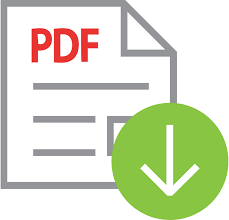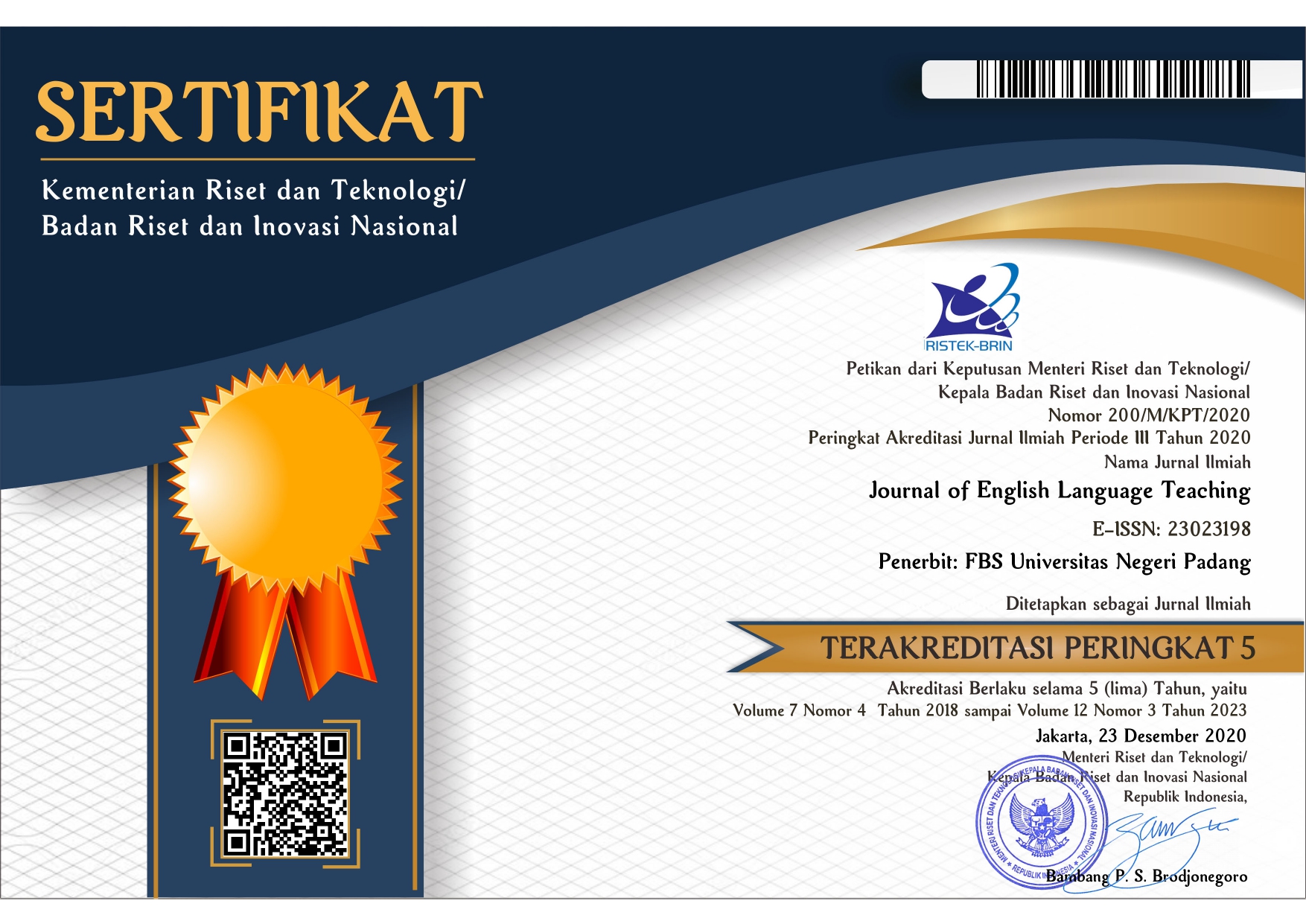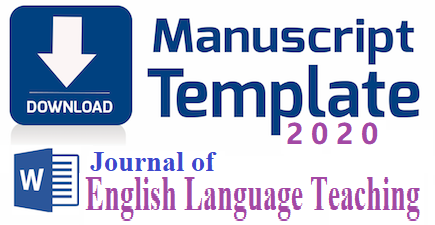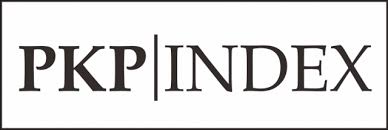Analysis of Theme in Discussion Text Written by the Second Year Students of English Department of UNP
 ), Rusdi Noor Rosa(2),
), Rusdi Noor Rosa(2), (1) Universitas Negeri Padang
(2) Universitas Negeri Padang
 Corresponding Author
Corresponding Author
Copyright (c) 2020 Susi Guslita Putri
DOI : https://doi.org/10.24036/jelt.v9i4.110560
Full Text:
 Language : en
Language : en
Abstract
Keywords
References
Al Bakaa, A., J. (2015) Functional Analysis of Marked and Unmarked Theme in Demonstrating a Critical Argument Written by Iraqi and Australian Posgraduate Students. School of Education, Monash University : Australia.
Anderson, M. & Anderson, K. (1997).Text types in English 1. South Yarra: Macmillan.
Bloor, T., & Bloor, M. (2004).The functional analysis of English: A Hallidayan approach. (2nd Ed). London: Arnold.
Boardman, C.A. &Frydenberg, J. (2002).Writing to communicate: Paragraph and essays. 2nd Edition. New York: Pearson Education, Inc.
Butt, David et al. (2000).Using functional grammar: An explorer’s guide. Sydney: National Centre for English Language Teaching and Research.
Gay, L. R., Mills, G.E. & Airasian, P. (2000). Educational Research Competencies for Analysis and Application Sixth Edition. New jersey : prentice hall inch
Gunawan, W. & Aziza, F. (2017). Theme and thematic progression of undergraduate thesis: Investigating meaning making in academic writing. Indonesian Journal of Applied Linguistics, Vol. 7(2), pp. 413-424.
Halliday, M. A. K. & Matthiessen, C. M. I. M. (2004). An introduction to functional grammar.3th edition. London and New York: Routledge.
Harmer, J. (2004). How to teach writing. Essex: Pearson Education Limited.
Hedge, T. (2000). Teaching and Learning in the language Classroom. Oxford: Oxford University Press.
Hyland, K. (2003). Second Language Writing. Cambridge: Cambridge University Press.
Jing, W. (2015).Theme and thematic progression in English writing teaching.Journal of Education and Practice, Vol. 6(21), pp. 178-187.
Langan, J. (1997). College Writing Skills with Readings. New York: The McGrow-Hill Companies, Inc.
Rijlaarsdam, G., Bergh, H., &Couzijn, M.(Eds.) (2004). Effective learning and teaching of writing: A handbook of writing in education second education. Berlin: Springer.
Rosa, R. N. (2007a). Thematic progression as a means to keep cohesion in exposition texts. JurnalBahasadanSeni, Vol. 8(2), pp. 94-100.
Rosa, R. N. (2007b). Analisis fungsi tekstual dalam surat kabar harian “Haluan”. Lingua Didaktika: Jurnal Bahasa dan Pembelajaran Bahasa 1(1), 56-65
Rosa, R. N. (2013). Thematic progression as a model used to keep cohesion in writing an exposition text. SELT 2013 Proceeding, pp. 220-228.
Rustipa, K. (2010). Theme-rheme organization of learners’ texts. DinamikaBahasadanIlmuBudaya, Vol.4, pp. 1-17.
Wang, L. (2007). Theme & rheme in the thematic organization of text: Implications for teaching academic writing. Asian EFL Journal. Vol. 9(1), pp. 164-176.
Witte, S. P. &Faigley, L. (1981).Coherence, cohesion, and writing quality.College Composition and Communication, Vol. 32(2), pp. 189-204.
Yang, X. (2008).Thematic progression analysis in teaching explanation writing.English Language Teaching, Vol. 1(1), pp. 29-33.
Yunita, S. (2017). Theme and thematic progression in students’ recount text, Indonesian Journal of Applied Linguistics,Vol 7(3),pp.524-530.
Syahrizal, T., Fitrian, L. &Anggraeni, N. (2018). Thematic progression analysis of students writing. Jurnal Siliwangi: Seri Pendidikan, Vol 4(1), pp. 41-53.
 Article Metrics
Article Metrics
 Abstract Views : 718 times
Abstract Views : 718 times
 PDF Downloaded : 105 times
PDF Downloaded : 105 times
Refbacks
- There are currently no refbacks.
Copyright (c) 2020 Susi Guslita Putri

This work is licensed under a Creative Commons Attribution-NonCommercial 4.0 International License.
















